There was only one sign for pumpkin spice anything, and it was at the train station in Rome. Starbucks, of course, and my apologies to all who love the fall-themed brew. But then there was the Trick or Treat sign on the Irish pub (!) in my Italian town of Sulmona. It was jarring. Halloween hasn’t yet come to Italy in a big way, and that’s fine with me. Call me a grump.
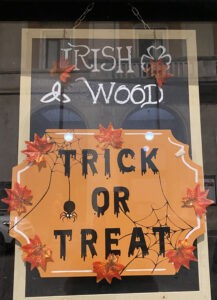
Because the rest of the year (as most of you know) I live in Salem, Massachusetts where, over the past 20 years, Halloween starts in early September and runs through mid-November. The crowds are staggering – nearly one million people come into town on Halloween weekend alone. Adults in goth costumes wander the streets, looking for signs of something wicked, I suppose. Or at least something to do. This town of 46,000 or so residents is overwhelmed by traffic, both vehicular and pedestrian, who somehow think that it’s a theme park and that nobody really lives here and has to get stuff done. End of rant.
I think it’s tragic that a city with such a rich history in the areas of maritime, literary, architecture and art – heck, the telephone was first tested here – is known mostly for an unfortunate few months when more than 200 people were falsely accused of witchcraft. Twenty were hung and one was pressed to death in a series of sensational trials. It is a devastating story of superstition, misogyny and land grabs. I do not take this lightly. But when it is translated into pointy hats, zombies, monsters and haunted houses, I say please take this freak show somewhere else. Of course, the broom is already out of the barn and witch images are everywhere, from the police cars to the local newspaper.
Just last week, I pushed some guy out of the way on the pedestrian mall so that I could get to my dentist appointment in time. He was just STANDING THERE in some kind of weird costume. A fully grown adult. It brings out the worst in me. But tomorrow, we start to go back to normal. Start. It’s Reclamation Day in Salem.
Another cappuccino, please. Hold the pumpkin spice.
Linda Dini Jenkins is a card-carrying Italophile, travel planner, freelance writer, and amateur photographer. Travel is her passion, so writing about her travels just comes naturally. She hopes all her travelers find a way to express their joys, surprises, and fears as they travel and gives every traveler a nifty journal to help smooth the way. Learn more…
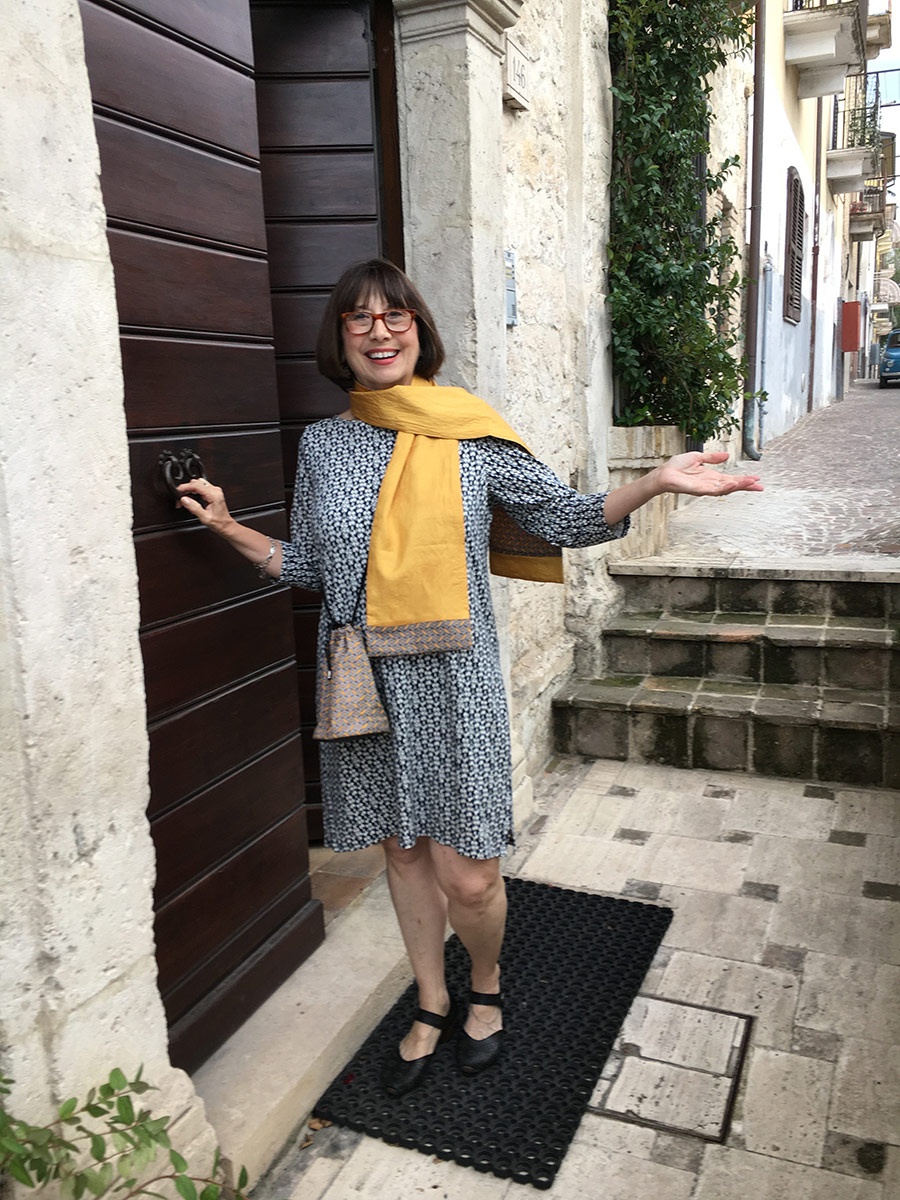
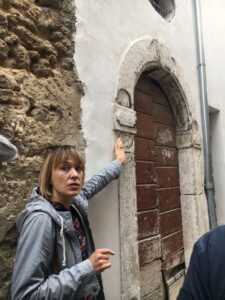
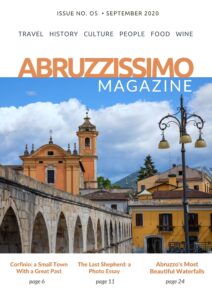
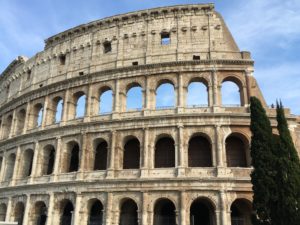 At first, I hated Rome. Too many tourists, too many noisy Vespas, too many waiters trying to lure me into mediocre restaurants, too many things to see in one lifetime . . . just too, too much! I always said that if I wanted to be in a big crowded city, I’d have stayed in New York. At least I speak the language and the streets are in a grid so it’s easy to find everything.
At first, I hated Rome. Too many tourists, too many noisy Vespas, too many waiters trying to lure me into mediocre restaurants, too many things to see in one lifetime . . . just too, too much! I always said that if I wanted to be in a big crowded city, I’d have stayed in New York. At least I speak the language and the streets are in a grid so it’s easy to find everything.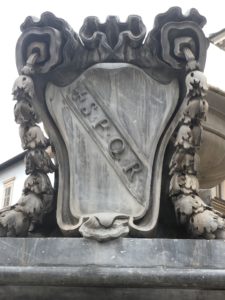

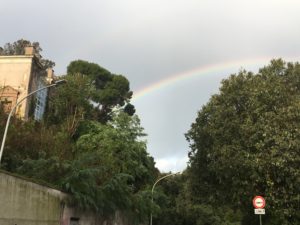
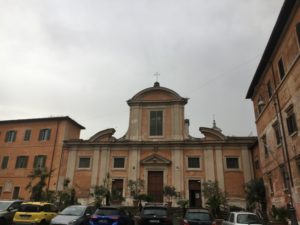
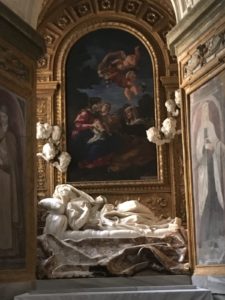 We looked at all the chapels, went up to the main altar, and were about to leave when we heard an organ chord. A live organ chord. There was no leaving.
We looked at all the chapels, went up to the main altar, and were about to leave when we heard an organ chord. A live organ chord. There was no leaving.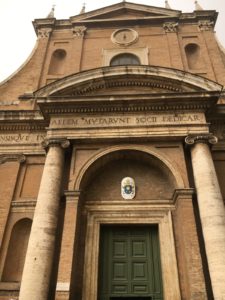
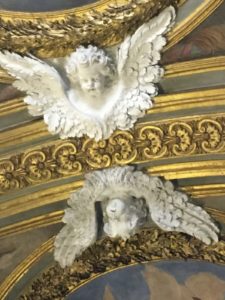
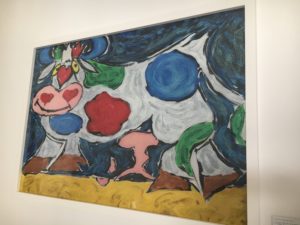
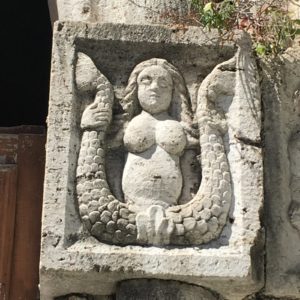
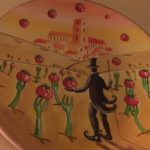
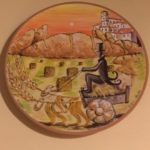
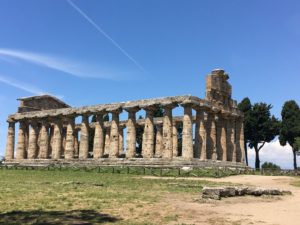
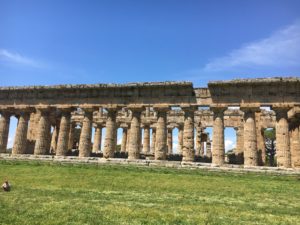
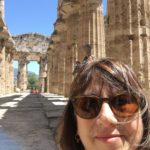
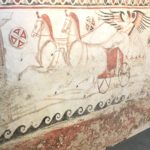
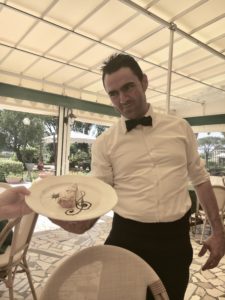
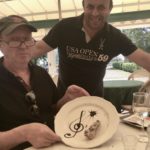 Folkestone and was a delight to talk to. A second waiter was also named Franco, and before long, the five of us were in a wonderful conversation about Italy, the Mezzogiorno, and food. There was no way that I could eat dessert after the meal, and even Tim, declined, but Marco brought him a small slice of a special cake that they made, with a decorated plate that was irresistible. When Tim wolfed the first slice down, he brought him a piece of another specialty!
Folkestone and was a delight to talk to. A second waiter was also named Franco, and before long, the five of us were in a wonderful conversation about Italy, the Mezzogiorno, and food. There was no way that I could eat dessert after the meal, and even Tim, declined, but Marco brought him a small slice of a special cake that they made, with a decorated plate that was irresistible. When Tim wolfed the first slice down, he brought him a piece of another specialty!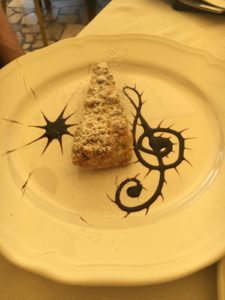 It was quite an afternoon, and a good farewell to Campania. As Tim and I walked back down the country road to get to our car, Marco pulled over in his car and asked if we wanted a ride (clearly we had been keeping them way beyond closing time), but we declined, saying that we needed a walk after the wonderful meal.
It was quite an afternoon, and a good farewell to Campania. As Tim and I walked back down the country road to get to our car, Marco pulled over in his car and asked if we wanted a ride (clearly we had been keeping them way beyond closing time), but we declined, saying that we needed a walk after the wonderful meal.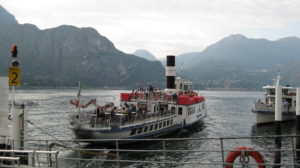
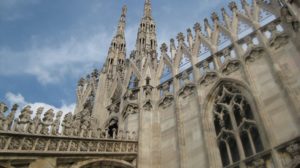
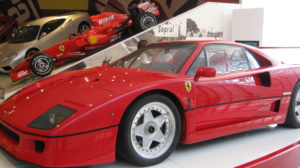 This tour will include all accommodations, breakfasts, ground transportation, tours, and at least four lunches and five dinners. We’ll fly in and out of Milan, but you are welcome to add on some time before or after. I’m happy to help you plan some additional outings.
This tour will include all accommodations, breakfasts, ground transportation, tours, and at least four lunches and five dinners. We’ll fly in and out of Milan, but you are welcome to add on some time before or after. I’m happy to help you plan some additional outings.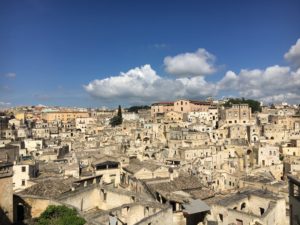
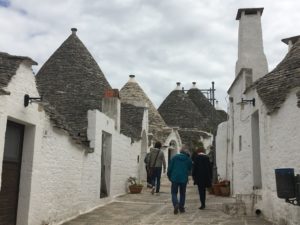
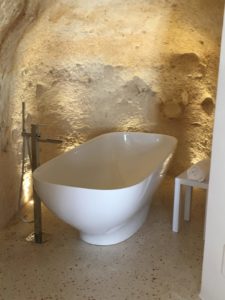 breakfasts, ground transportation, tours, and at least four lunches and four dinners. We’ll fly in and out of Naples, but you are welcome to add on some time before or after. I’m happy to help you plan some additional outings.
breakfasts, ground transportation, tours, and at least four lunches and four dinners. We’ll fly in and out of Naples, but you are welcome to add on some time before or after. I’m happy to help you plan some additional outings.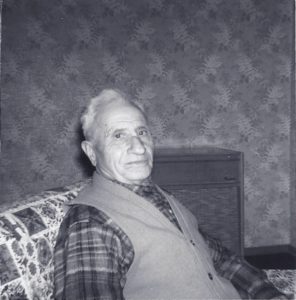
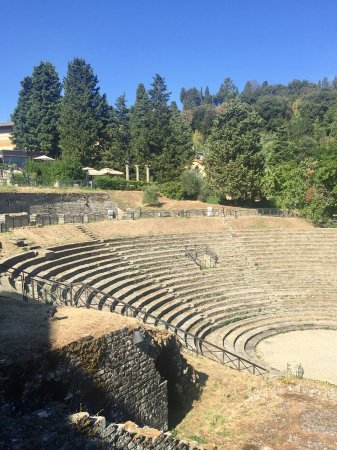

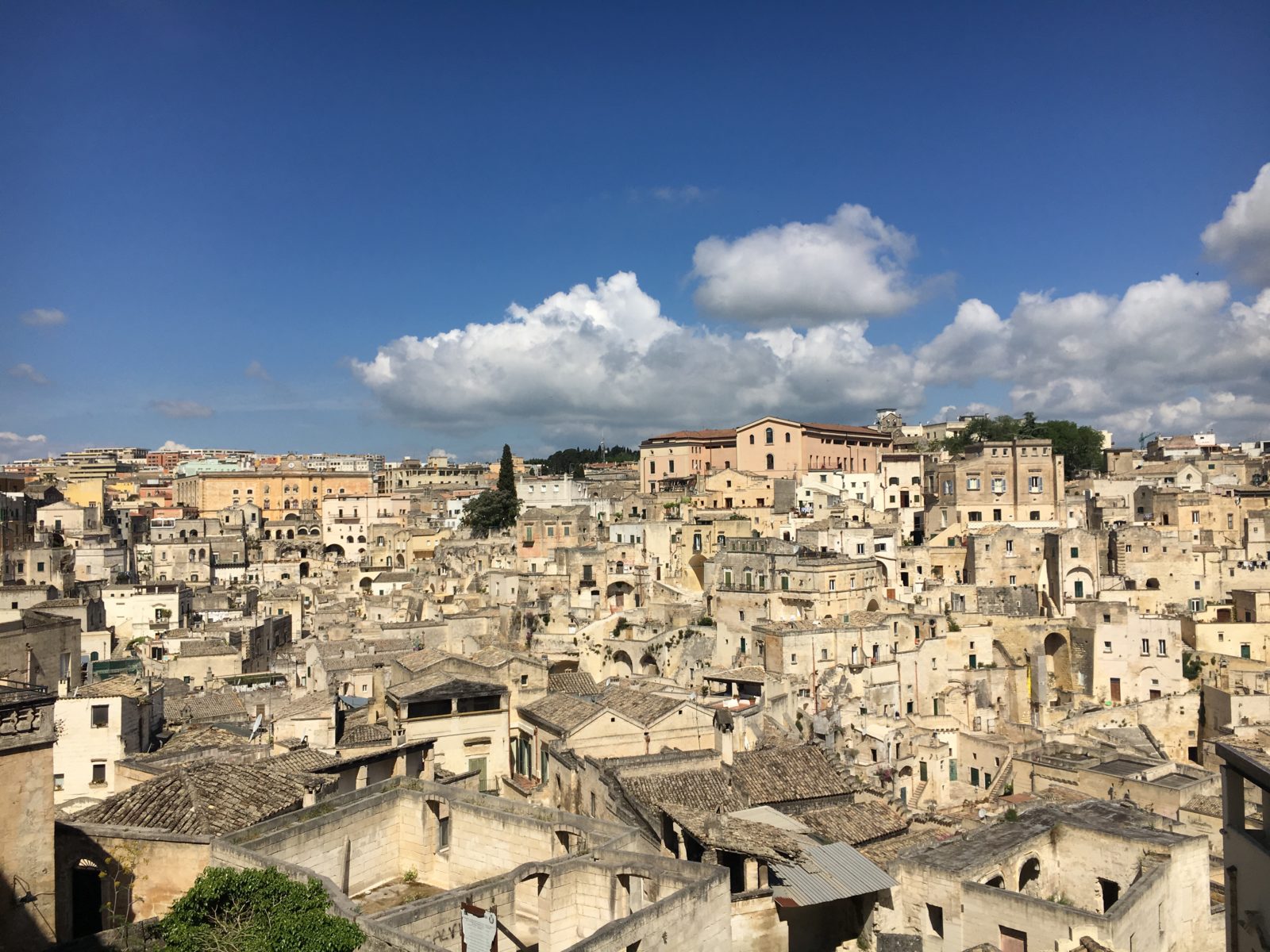
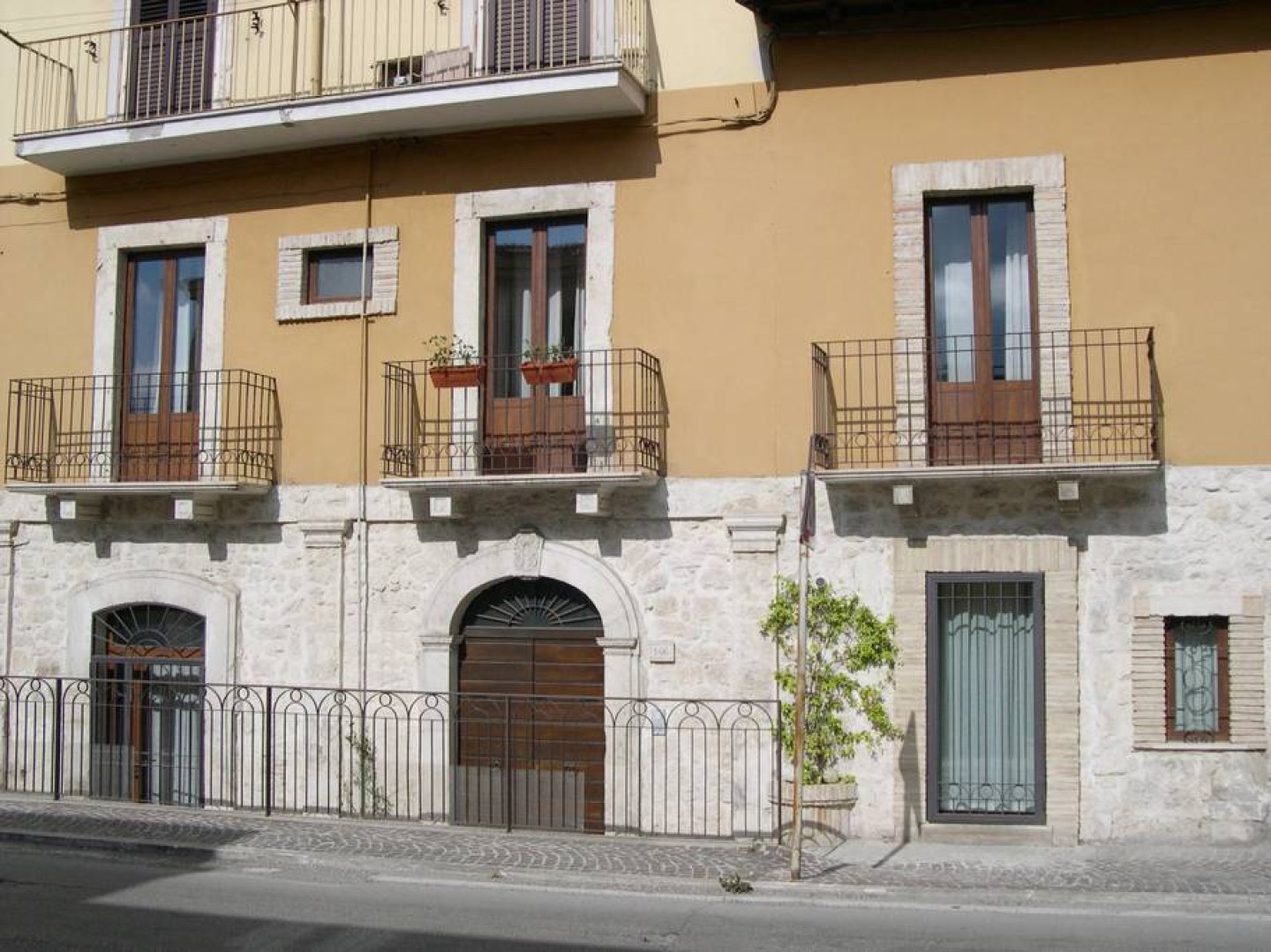
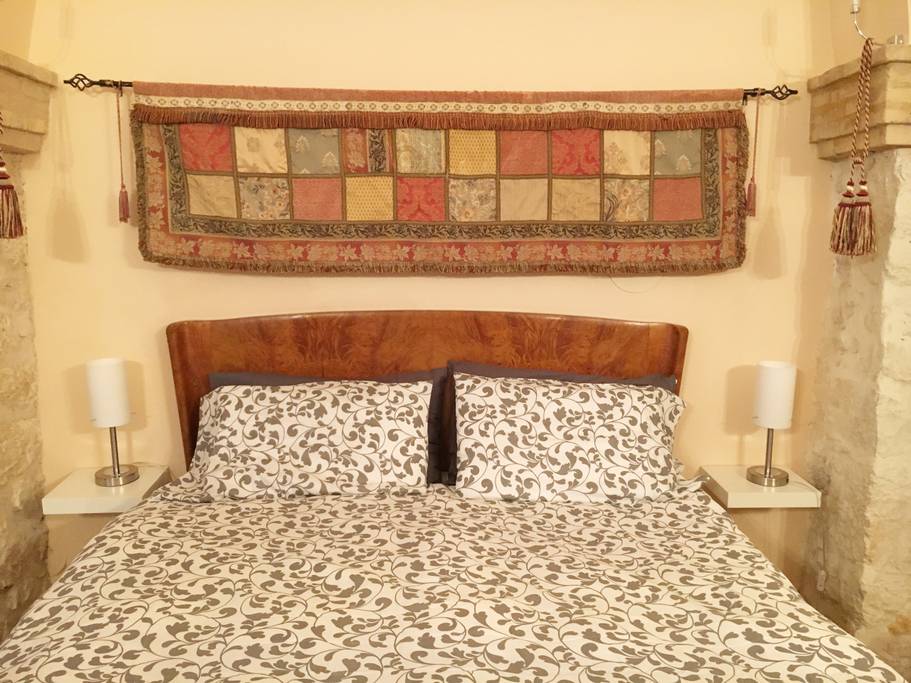
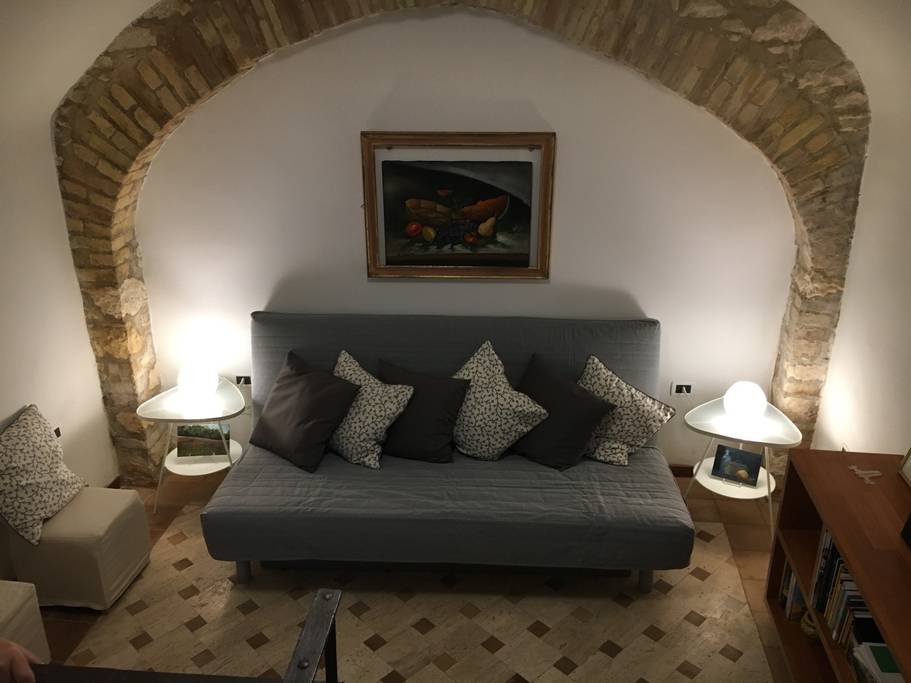 There are few or no good jobs in Italy at the moment, but neither are there abundant job opportunities in the States for many folks. In the U.S., whole industries have been gutted in the middle part of the country; expensive advanced degrees are required for many fields; and most students come out with a Bachelor’s degree and tens (if not hundreds) of thousands of dollars in unforgivable student loan debt. Most millennials I know have to juggle two or three or even four jobs to make a viable living and are still enduring roommates well into their thirties. The concept of buying a house is foreign to them. Marriage and children are delayed. It’s a whole different world than the one I grew up in and I feel terrible for them.
There are few or no good jobs in Italy at the moment, but neither are there abundant job opportunities in the States for many folks. In the U.S., whole industries have been gutted in the middle part of the country; expensive advanced degrees are required for many fields; and most students come out with a Bachelor’s degree and tens (if not hundreds) of thousands of dollars in unforgivable student loan debt. Most millennials I know have to juggle two or three or even four jobs to make a viable living and are still enduring roommates well into their thirties. The concept of buying a house is foreign to them. Marriage and children are delayed. It’s a whole different world than the one I grew up in and I feel terrible for them.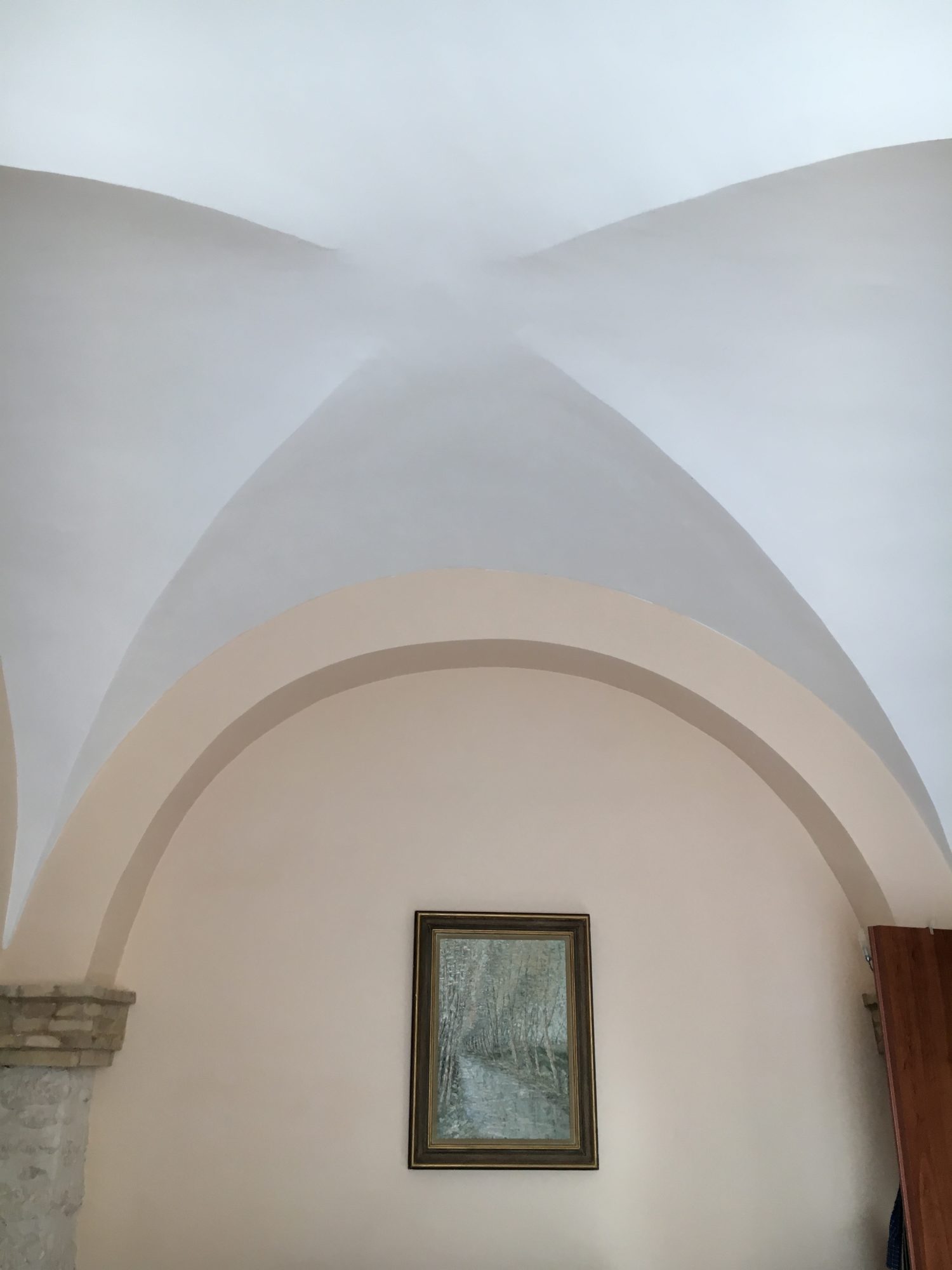 These are strange days, living this transatlantic lifestyle. When we’re in Italy, we often miss important events going on in the States. When we are back in Massachusetts, we miss Italy terribly. It’s a neither here-nor-there existence at the moment, but hopefully that will change.
These are strange days, living this transatlantic lifestyle. When we’re in Italy, we often miss important events going on in the States. When we are back in Massachusetts, we miss Italy terribly. It’s a neither here-nor-there existence at the moment, but hopefully that will change.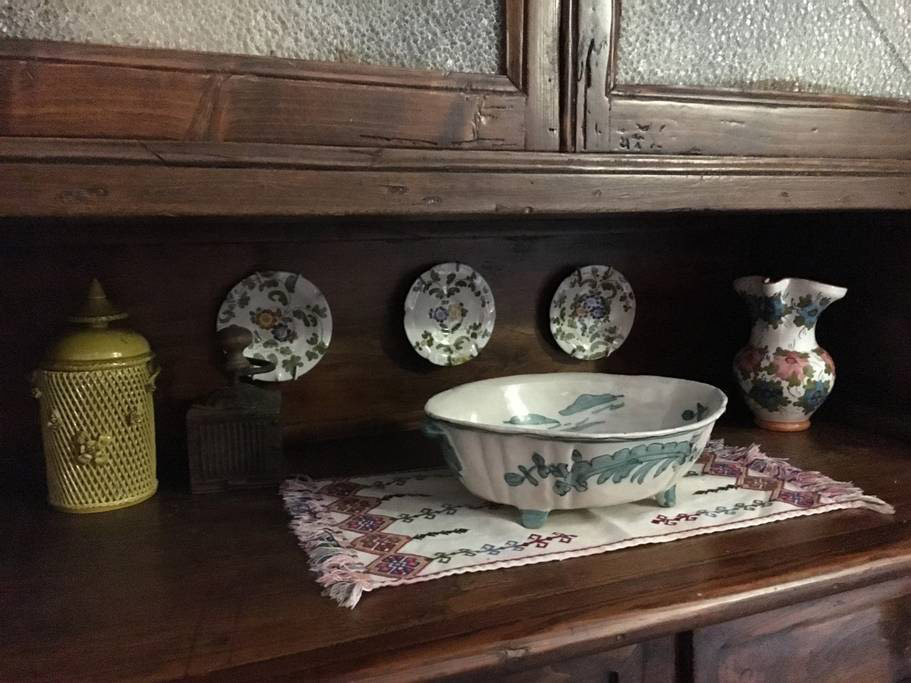
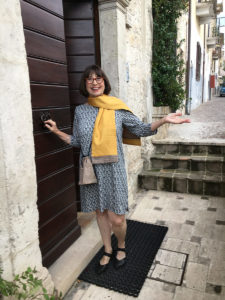
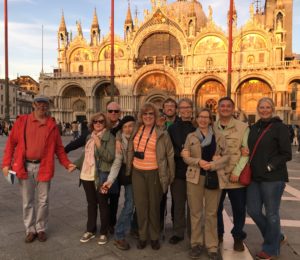
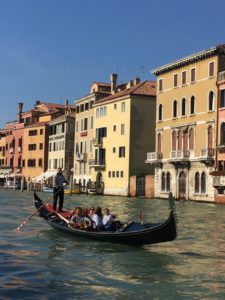
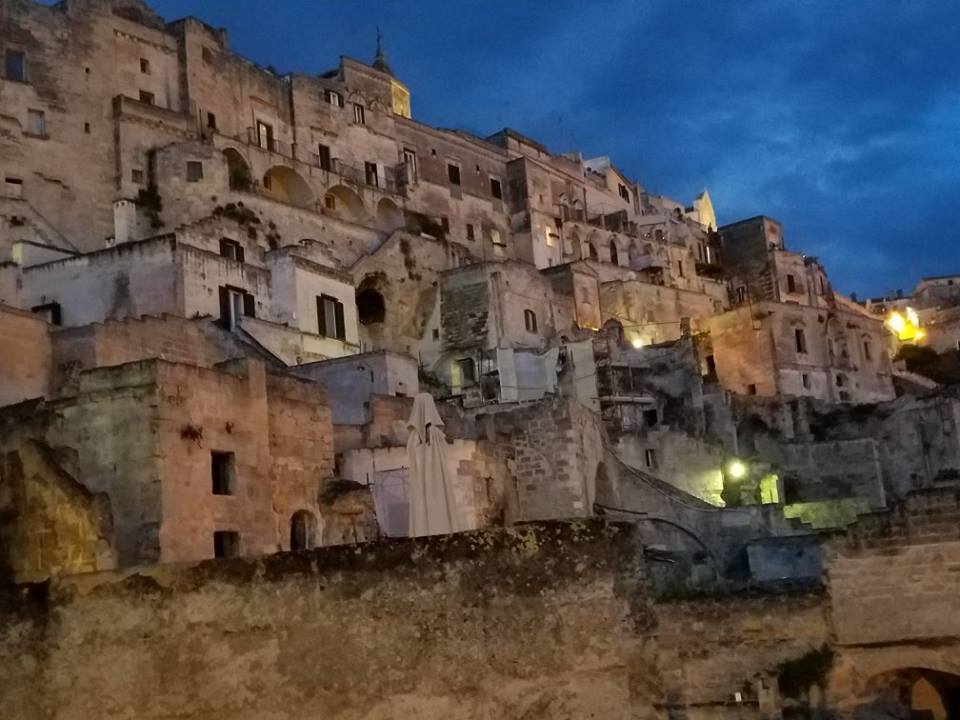
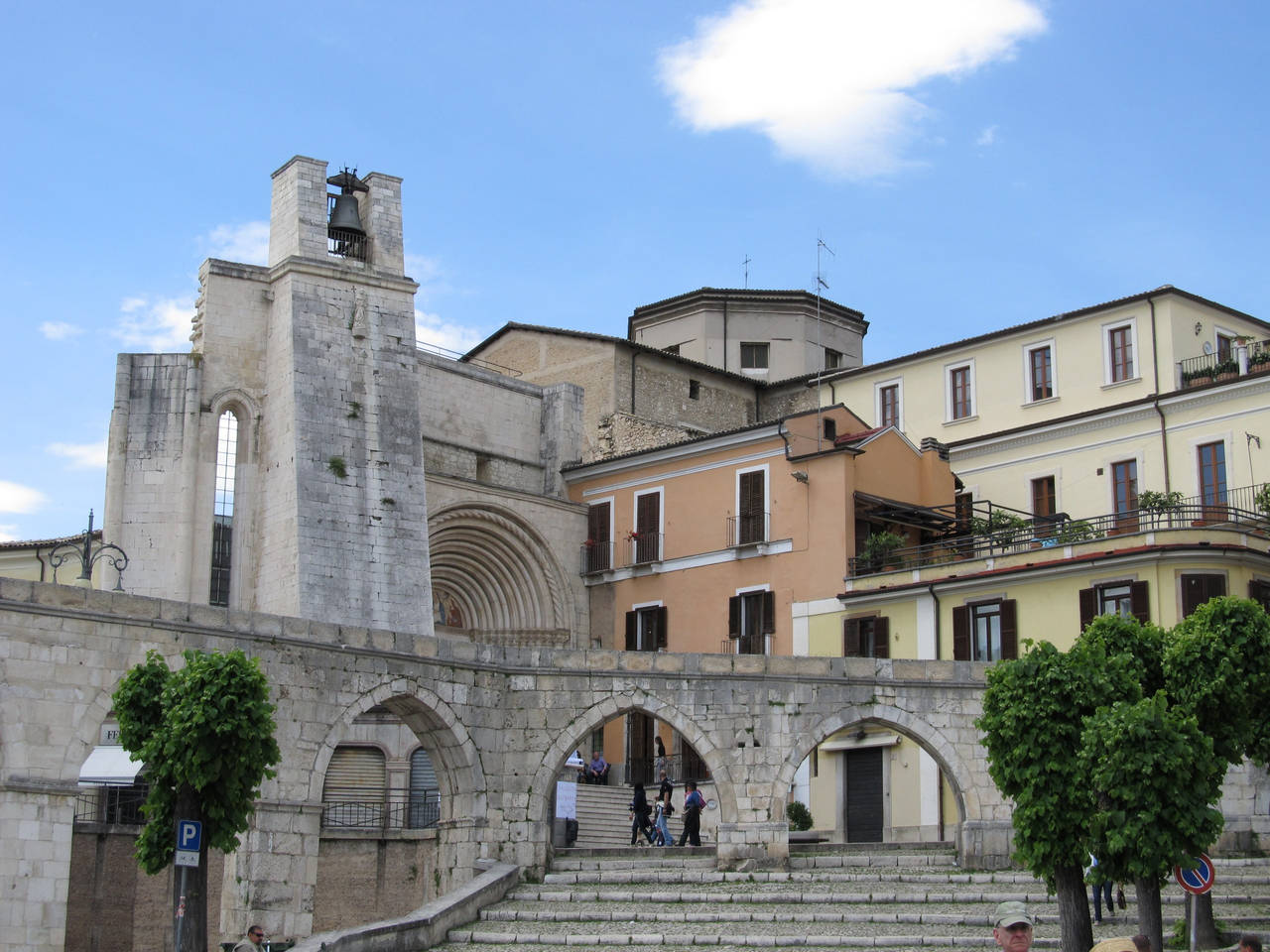

Recent Comments